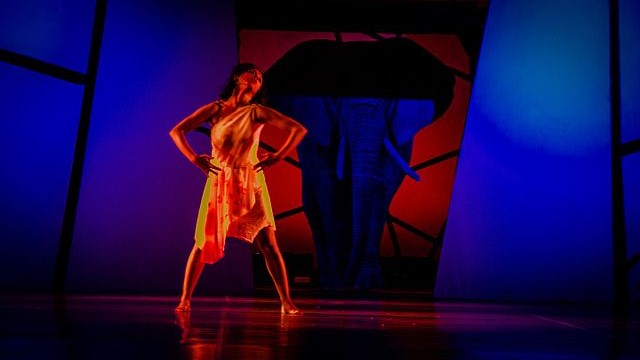In the heart of Cairo, as the oud strums and the darbuka beats quicken, dancers step into a rhythm that has echoed across centuries. Egyptian dance—known for its intricate gestures, undulating movements, and deep connection to music—remains one of the country’s most enduring cultural expressions. It is an art form rooted in antiquity yet continually reshaped by innovation, bridging past and present in performances that resonate both locally and abroad.
Among its most recognizable forms is raqs sharqi, widely referred to as belly dance. Emerging from Middle Eastern folk traditions, it evolved into a refined performance art during the 20th century, particularly in Cairo’s cabarets and theaters. Characterized by precise hip movements and fluid isolations of the torso, the dance is often more than ornamentation; it is a visual narrative where emotion finds form in motion. Audiences respond not only to the physical display but also to the stories embedded within the gestures.
Equally significant is raqs baladi, a style tied to social gatherings and community life. Less formal and more improvisational than raqs sharqi, it reflects the rhythms of daily existence—festive, spontaneous, and deeply communal. At weddings, family celebrations, and neighborhood festivals, baladi embodies joy in its most immediate form, a reminder that Egyptian dance is not confined to stages but flourishes in the streets and homes of the nation.
Contemporary artists, meanwhile, are reimagining these traditions. Some blend folkloric steps with ballet, modern dance, or even hip-hop, creating hybrid performances that expand the language of Egyptian movement. This fusion, often showcased at events like the Cairo International Dance Festival, places Egypt in dialogue with global trends while maintaining ties to its cultural foundations. The result is a dynamic choreography where the ancient mingles with the modern, producing works that feel at once familiar and entirely new.
Music remains inseparable from the form. Traditional instruments such as the oud, the percussive darbuka, and the metallic tones of the sagat provide the rhythmic spine of performance. The interplay between musician and dancer often borders on improvisational dialogue, with subtle shifts in tempo or tone sparking new variations in movement. This responsiveness underscores the collaborative essence of Egyptian dance, where no performance is ever fully replicated.
For Egypt, dance is more than spectacle. It is heritage rendered in motion, a cultural vocabulary passed down through generations and continually reinterpreted. Whether in the structured elegance of raqs sharqi, the communal energy of baladi, or the experimental blends of contemporary stages, Egyptian dance persists as a living art form. It affirms tradition while embracing innovation, offering a moving testament to the country’s resilience and creativity.
Sources:
- Van Nieuwkerk, Karin. A Trade Like Any Other: Female Singers and Dancers in Egypt. University of Texas Press, 1995.
- Shay, Anthony. Choreographic Politics: State Folk Dance Companies, Representation, and Power. Wesleyan University Press, 2002.
- El Shimi, Rowan. “Cairo International Dance Festival: Blending Tradition and Modernity.” Ahram Online, October 2019.
- Danielson, Virginia. The Voice of Egypt: Umm Kulthum, Arabic Song, and Egyptian Society in the Twentieth Century. University of Chicago Press, 1997.


